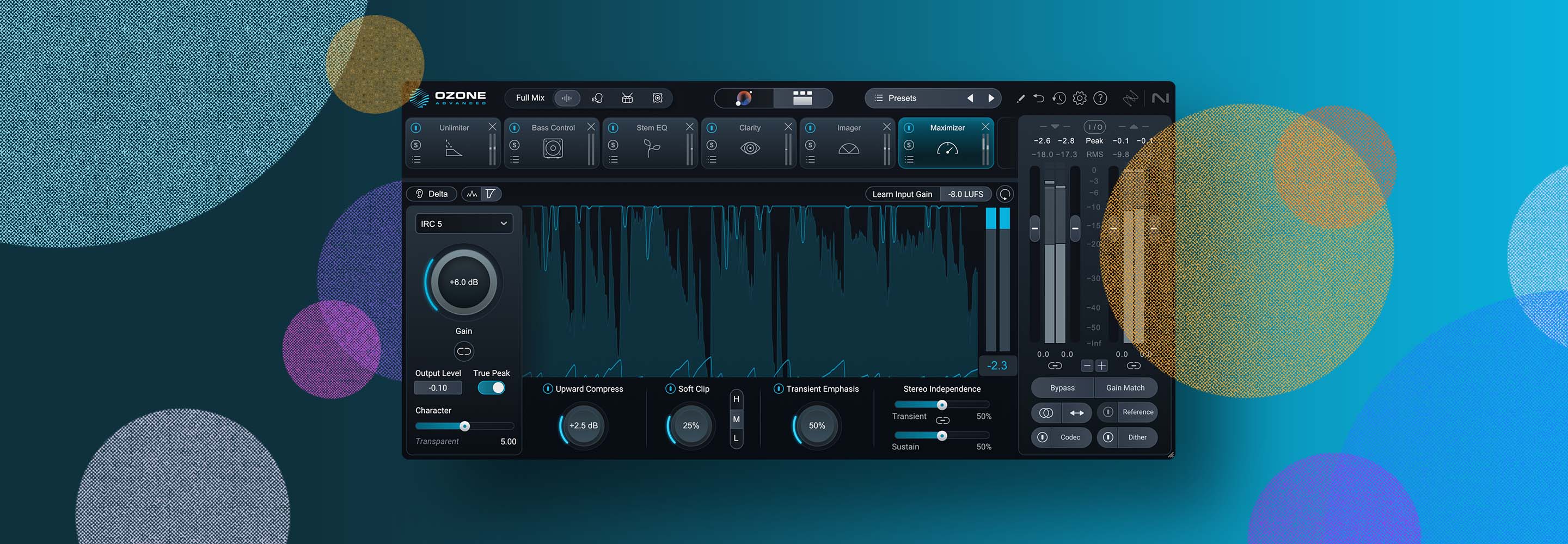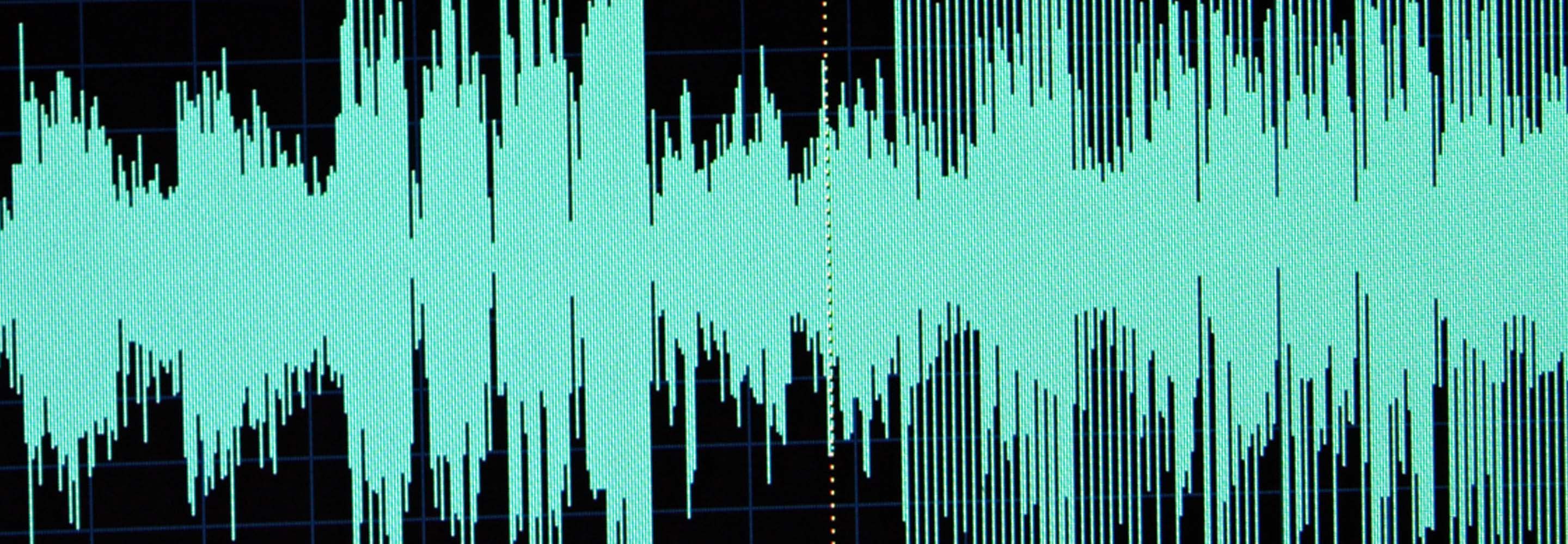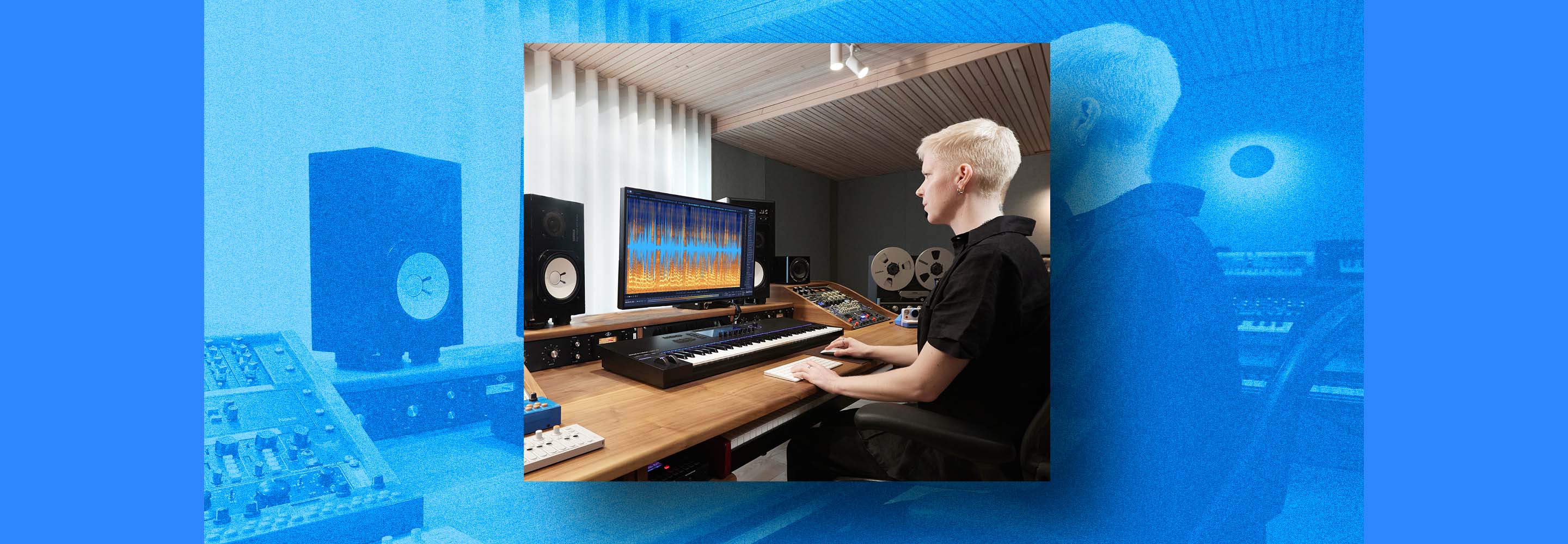
How Do Producers and Artists Work Together? Music Collaboration in 2021 Explained
Learn about what to expect in the relationship between a producer and an artist, along with collaboration tips in 2021 using the latest technology.
The technology we have today has made it so much easier to collaborate on projects with other musicians from around the world. You no longer need to be together in a music studio to bust out a great track. You can now work with musicians across the globe in real-time. But, that doesn’t change the complexity of the working relationship between artists and producers.
As an artist/producer, I’ve been on both sides of this relationship—serving as the producer for artists, and working with other producers to bring my own songs to life. In this article, learn about the roles artists and producers typically fill for each other, and discover some useful tips that I’ve learned from my years in the business to use in your future artist/producer collaborations.
What is an artist/producer relationship?
The most common dynamic between an artist and a producer is having the artist handle the writing, performing, and delivering of the vocal, while the producer handles just about everything else. It’s important to note that every working relationship is going to be a bit different, depending on the strengths and talents of each person. Let’s dive deeper.
Roles of the artist when working with producers
Not too long ago, lyricists were often seen as a separate component of the songwriting process, with the vocalist just lending their vocal talents to a track. In today’s world, most artists aren’t just a hired voice. They also serve as the “topline writer,” meaning they write the lyrics and compose the vocal melody on top of giving the final vocal performance for a song. Since many collaborations these days aren’t done in person, most artists typically take on the responsibility of recording and delivering their vocal stems to the producer as well.
With the rise of the “home studio,” artists don’t need to be present with their producer during the recording process. With tools like Spire Studio, artists can record professional vocals from the comfort of their own homes, without having to book expensive studio time or needing lots of recording equipment. This makes collaborating with producers faster, easier, and more affordable than ever.
New to home recording? Check out our step-by-step tutorial on how to record music at home.

Spire Studio allows artists to record professional vocals at home or on the go
Most of the time, producers prefer to receive dry, or “untreated,” vocal stems from the artist. But, in some instances, the artist will also serve as a topline producer and mix their own vocals. This includes adding creative effects that fit the vibe of the track, but that also suit their voice and style.
Role recap
Typically, artists are responsible for the following:
- Writing the lyrics
- Composing the main melody and vocal harmonies
- Performing and recording their vocals
- Delivering the final vocal stems to the producer
- Mixing vocal stems
Roles of the producer when working with an artist
The producer of a track is in charge of making sure a song gets finished and released. A producer may hire a separate composer, mixing engineer, and mastering engineer. But more often than not, a modern producer will fill all these roles. Producers will typically compose the instrumental for the track (all the instruments except the vocal), perform any mixing work that needs to be done, and master the final audio. In most cases, the producer is also responsible for pitching the final track to record labels or independently releasing and distributing it.
Role recap
Producers are responsible for the following:
- Composing the instrumental
- Mixing the final audio
- Mastering the track
- Pitching the track to labels
- Managing distribution
Useful tips for artist/producer collaborations
I’ve seen the artist/producer relationship from both sides. Each collaboration duo is going to have their own dynamic, flow, and expectations. Below, I’ve highlighted my top tips for making sure your next collaboration works out for the best.
Tip 1: Find the right collaborator for your sound
Whether you’re an artist or a producer, you’ve got a sound you’re trying to bring into the world. If you’re looking to collaborate, make sure you’re hitting up potential partners that would actually fit with your style. If you’re an artist looking into working with producers, try finding a producer who already fits the genre and vibe you’re going for. Sites like SoundBetter are great for finding producers in particular genres.
If you’re a producer wanting to find the perfect artist to feature on your next track, look for one that would complement your instrumental. Browse and sort through vocalists on sites like Vocalizr to find the exact style of voice you’re needing. The bottom line: make sure the collaboration makes sense for your sound.
Tip 2: Be clear about what you want
If a collaboration is going to fail, it’s typically because the parties weren’t clear on what they wanted from the beginning. Too much of a difference in expectations can lead to tracks getting shelved for months, or abandoned entirely. It helps to have a pre-collab discussion to make sure you’re both on the same page about what is expected of each person, the anticipated timelines for finishing the song, your opinions for how it should sound, and your overall goals for the track once it’s complete. I typically get this out of the way right off the bat because it helps pave the way for a successful long term relationship. For example, my frequent collaborator, GARRY B, and I always go through this process for each track we work together on to ensure we’re seeing eye to eye. To date, we’ve released three singles together (Into the Stars, Where Should We Go, and Iris) and amassed over 2 million streams on our collabs.
If you’re an artist, you want your vocal shown off in the best way possible. It can either be highly rewarding or insanely frustrating when a producer takes creative liberty with the vocal effects they apply to your voice. Be clear with what you are looking for by trying out your own vocal effects or sharing reference tracks of what you'd like your vocals to sound like.
Bonus tip for artists: If you’re a mixing novice, check out this article about 10 easy vocal mixing tips for beginners and you’ll be cranking out killer vocal mixes in no time.
If you’re a producer looking for a specific sounding vocal, it helps to create a “moodboard mixtape” (a playlist of songs for the artist to use as inspiration when constructing the topline) and send it to them when you deliver the instrumental.
Tip 3: Communicate effectively
Collaborating typically involves a lot (and I mean a lot) of back and forth communication. Whether you’re swapping new track ideas, providing feedback on vocal stems, or critiquing the final mixdown, it’s important to keep your communication as clear (and kind) as possible. Respect your collaborator’s creative opinions and make sure you’re giving constructive feedback when necessary.
Every artist/producer collaboration is unique
Each artist/producer relationship is going to vary depending on the skills and talents of the collaborators and how they fit together best. But, the key takeaway I want to leave you with is to set clear expectations and then do your best to keep things chugging along. As long as you’re showing up for your role, and your collaborator is doing the same, you’re sure to pump out some fire tracks!


